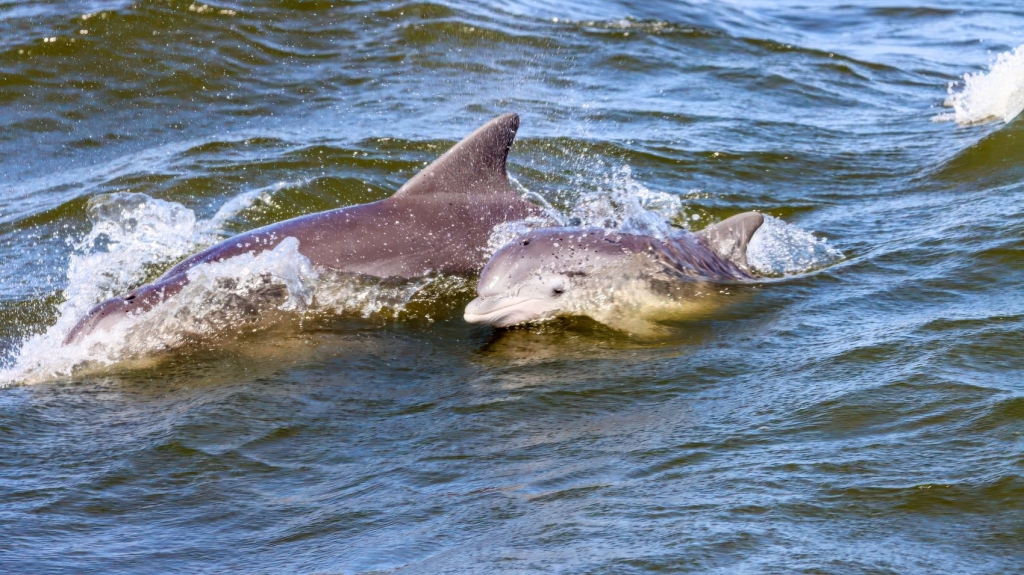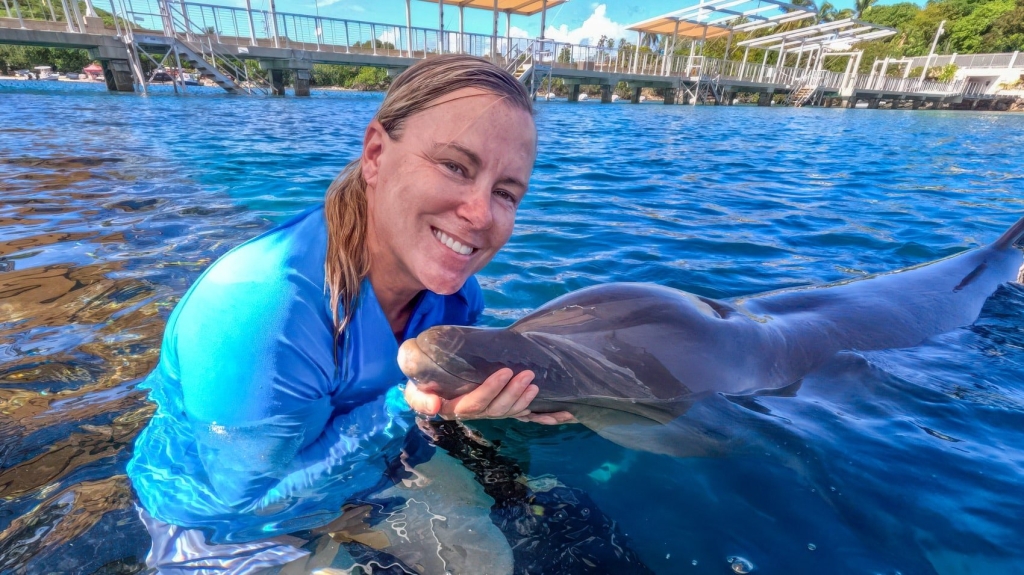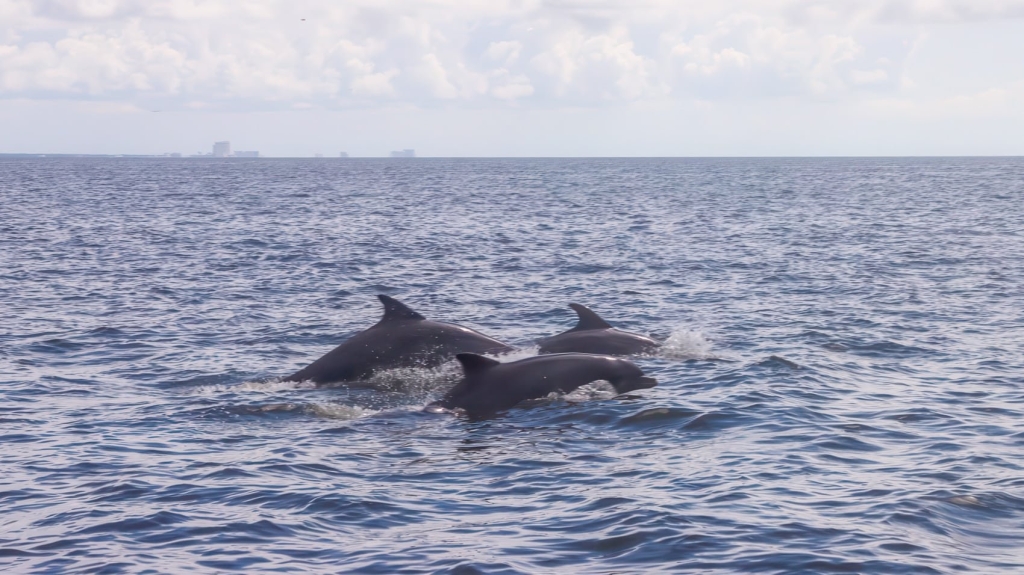Mississippi SU Is Using Thermal Drones To Study Dolphins


Photo credits: Mississippi State University
“has-text-align-left”>Amazon Deals: SkyRover X1 15% off now $644.30, and DJI Mic Mini 36% off, now $109!
For marine biologists, studying dolphins in their natural habitat has always been a massive challenge. Getting close enough to observe them without altering their behavior is incredibly difficult. Now, a researcher at Mississippi State University (MSU) is using a powerful new tool to solve that problem: a thermal drone.
Assistant research professor Holley Muraco is taking to the skies over the Mississippi Sound, using Unmanned Aerial Systems (UAS) to get a revolutionary new perspective on the health and behavior of dolphin pods. It’s a brilliant, non-invasive approach that is changing the game for wildlife research.


Holley Muraco, an MSU assistant research professor in animal and dairy sciences and scientist with the university’s Mississippi Agricultural and Forestry Experiment Station Photo credits: Mississippi State University
“wp-block-heading”>A New Window into a Secret World
Traditionally, studying marine mammals involves costly and intrusive methods, like getting close in a boat, which can stress the animals and cause them to act unnaturally. Holley Muraco’s work, funded by the Mississippi Agricultural and Forestry Experiment Station (MAFES), offers a much better way.
By flying a professional-grade drone high above the water, her team can capture stunningly detailed information without the dolphins even knowing they are there. A successful pilot study over Cat Island already proved the concept, revealing incredible images of marine life. Now, the project is expanding, in partnership with institutions like Coral World in the U.S. Virgin Islands and Theater of the Sea in Florida, to build a comprehensive picture of dolphin life.
“wp-block-heading”>The Power of a Thermal Perspective
The key to this research is the drone’s powerful sensor package. These are not standard cameras. The drones are equipped with high-resolution thermal imaging cameras that allow the scientists to see far more than the naked eye.
The thermal camera can detect the subtle heat signature of a dolphin’s body, making it easy to spot them from the air, day or night. It can also reveal information about their health, such as inflammation or injuries that might be invisible on a standard video feed. Paired with a high-resolution visible-light camera, the drones can also be used to identify skin abnormalities and other health indicators.


Photo credits: Mississippi State University
This is the kind of detailed, intimate data that has been almost impossible to gather until now. It allows researchers to monitor the health of a pod, observe their group dynamics, and track their movements over vast areas of the ocean.
“wp-block-heading”>The Right Tool for a Demanding Job
This kind of work requires a serious, professional-grade drone. While the specific model isn’t named, the requirements point to a robust, weather-resistant aircraft like a DJI Matrice 30T. It needs a long flight time (40+ minutes) to cover large areas, a dual-camera payload with both thermal and zoom capabilities, and a reliable, long-range transmission system.
By leveraging this advanced technology, MSU is able to conduct world-class research more efficiently, more safely, and more humanely than ever before. It’s a powerful example of how drones have become an indispensable tool for modern scientific discovery.
“wp-block-heading”>DroneXL’s Take
It’s hard not to feel a sense of wonder when you read a story like this. As a pilot who has spent thousands of hours capturing images from the sky, I am constantly amazed by the new ways people are using drones to help us understand our world. This project at MSU is a perfect example of that.
“Real talk,” flying over open water is one of the most stressful things you can do as a pilot. The risk of a malfunction is always in the back of your mind. The skill and professionalism of Holley Muraco’s team in conducting these missions is a testament to their expertise.
This is the kind of research that truly moves the needle. It’s not just about collecting data; it’s about doing it in a way that respects the animals and their environment. The non-invasive nature of a drone is its greatest strength in wildlife research. It allows us to be silent observers, to watch the natural world as it truly is, without the heavy footprint of our own presence.
This is the beautiful, quiet, and incredibly important side of the drone revolution. It’s about curiosity, it’s about discovery, and it’s about using our amazing flying machines to be better stewards of our planet. This work is a huge win for the dolphins, for science, and for the entire drone community.
Photo credits: Mississippi State University

Comments are closed.